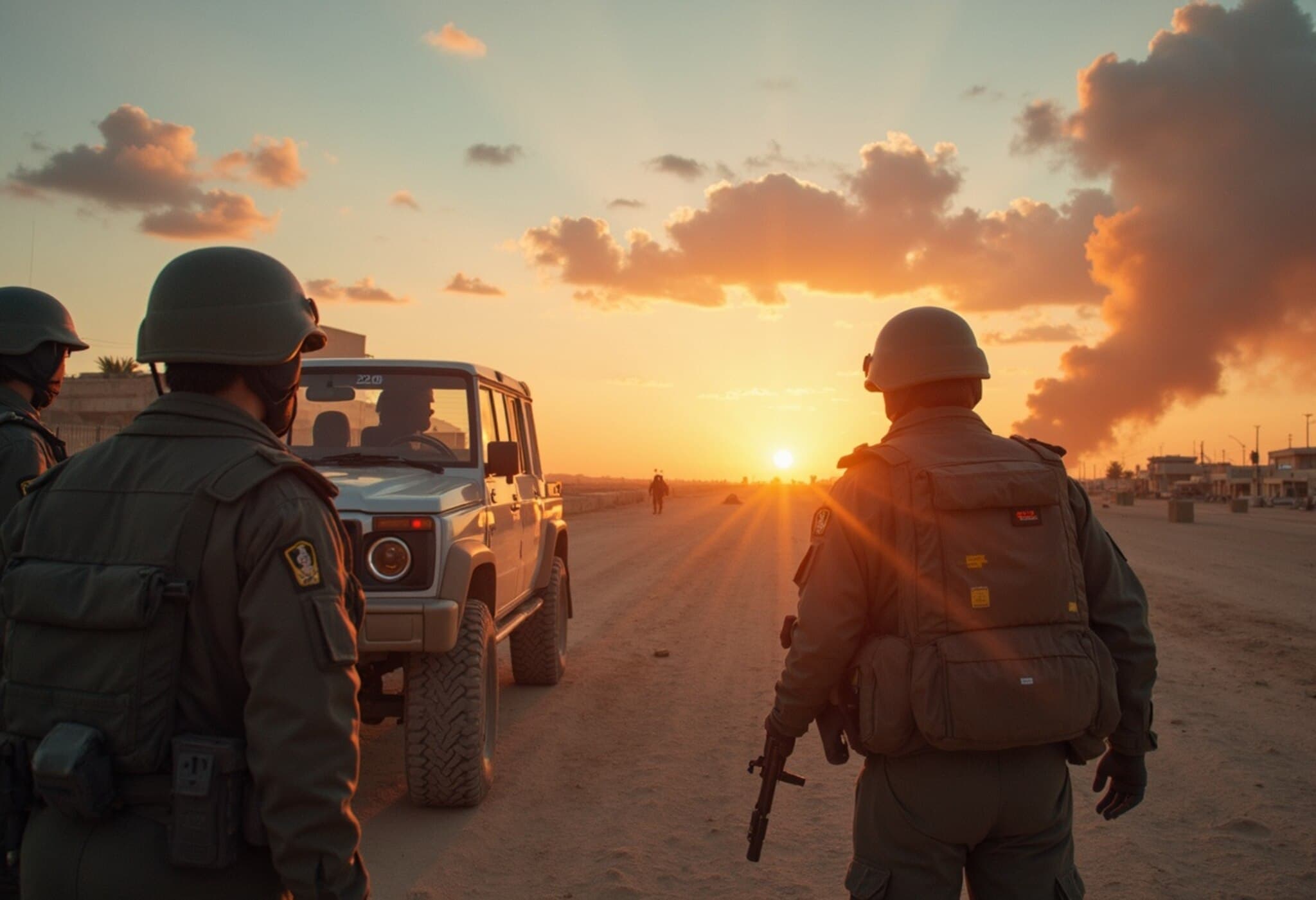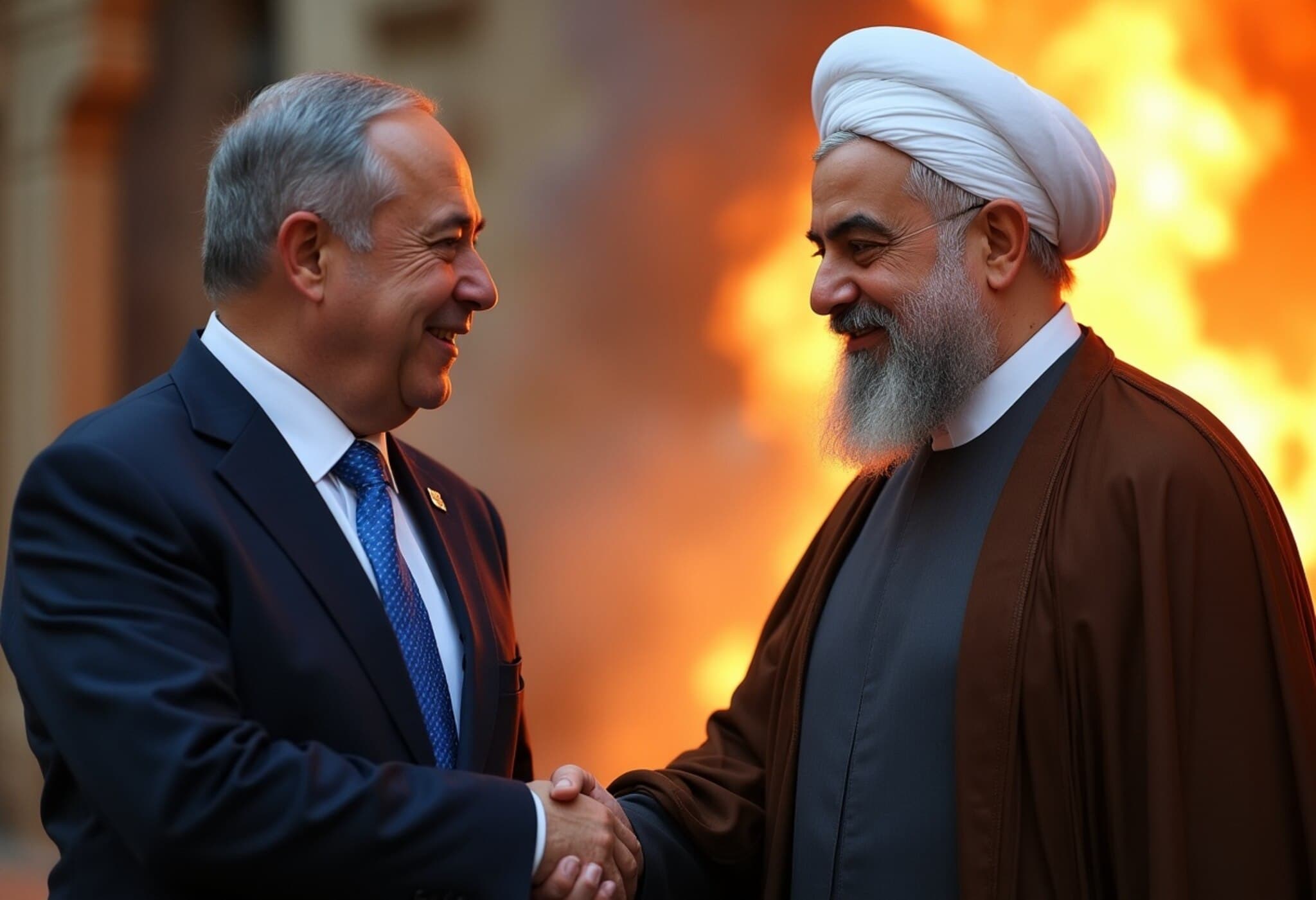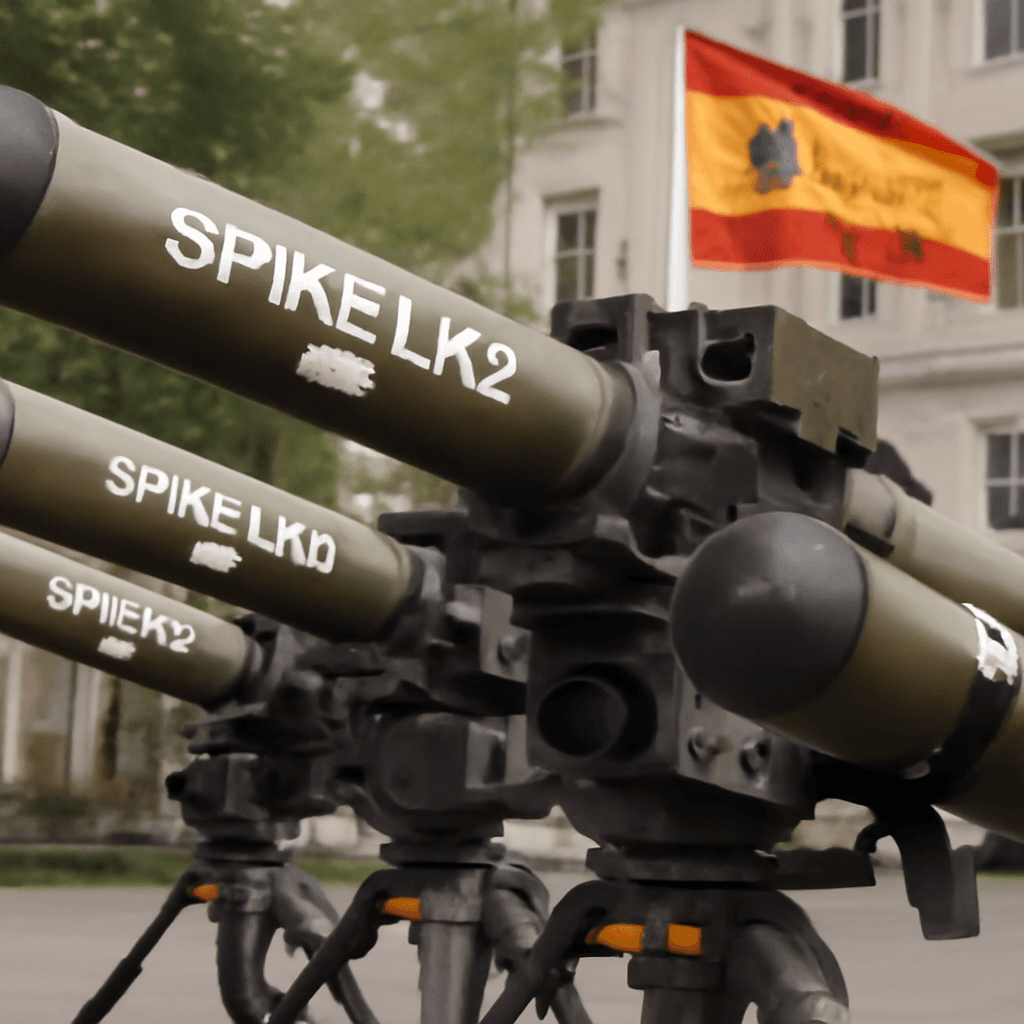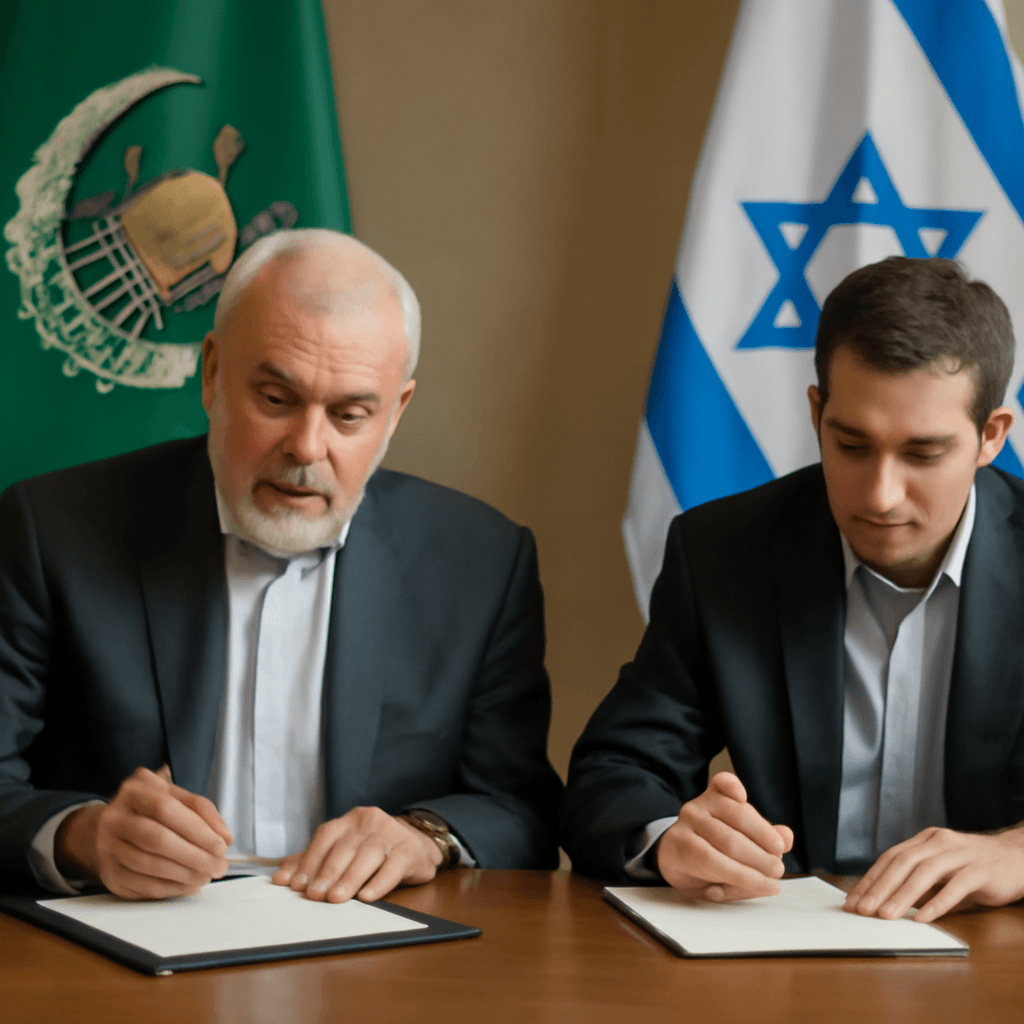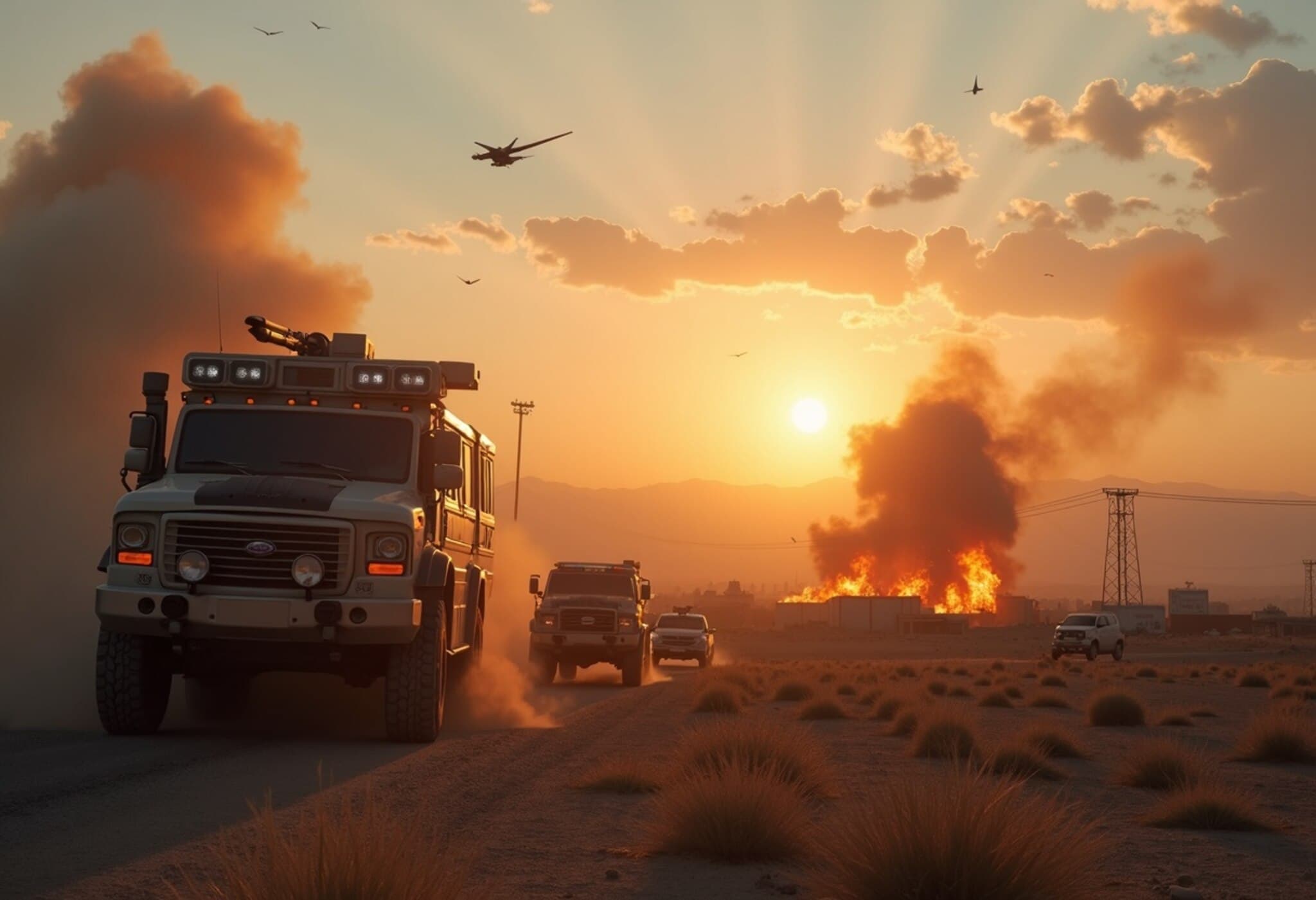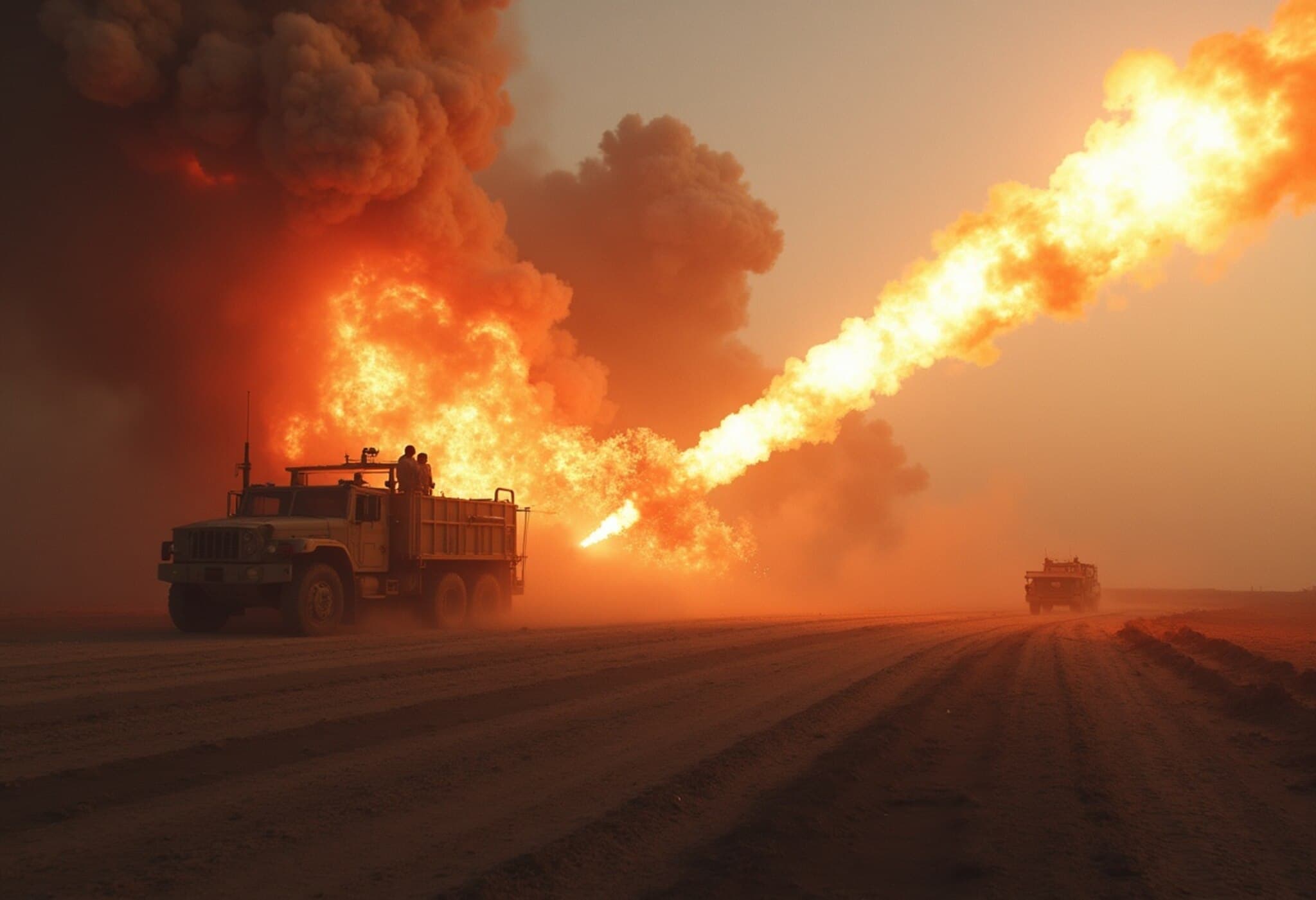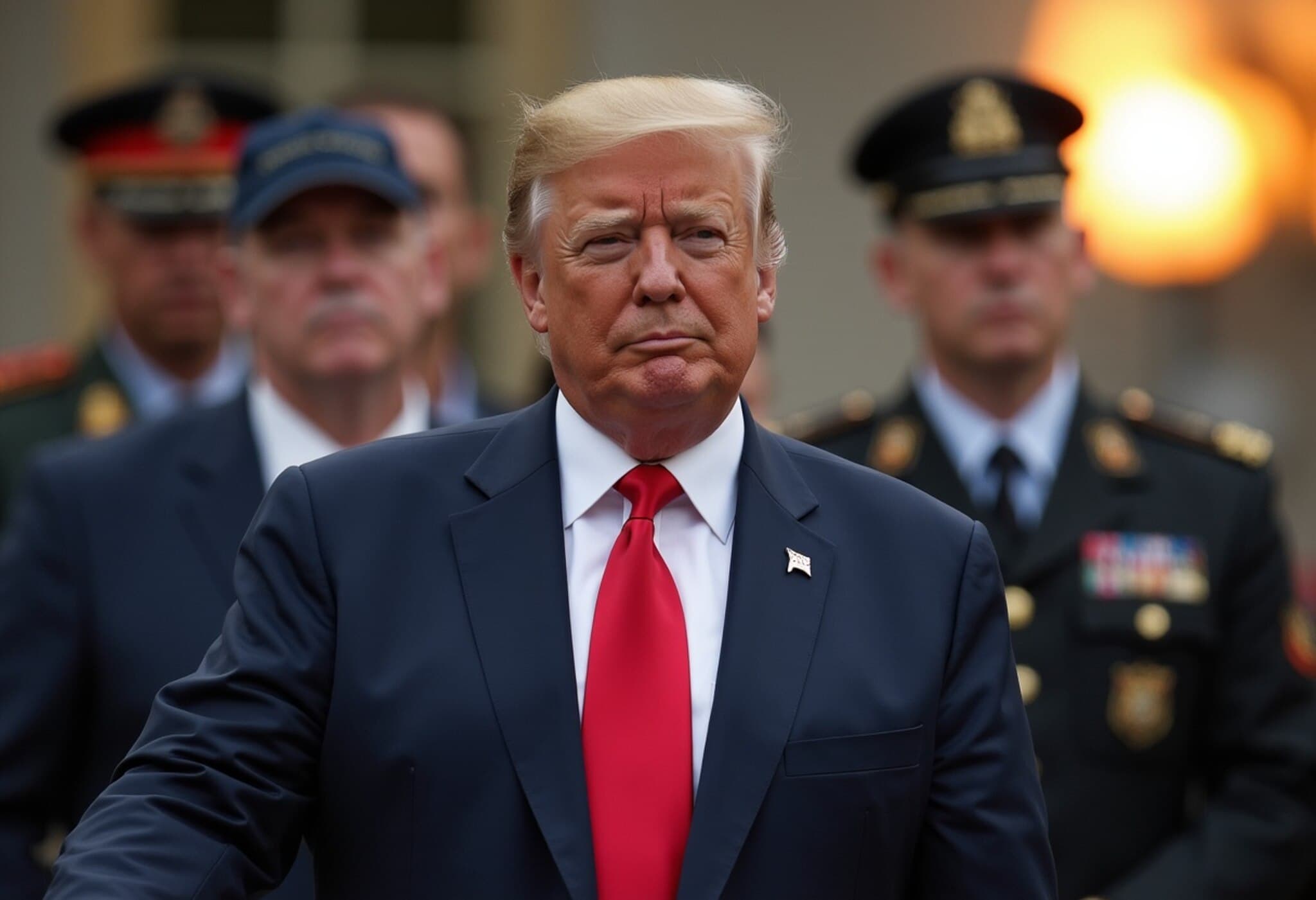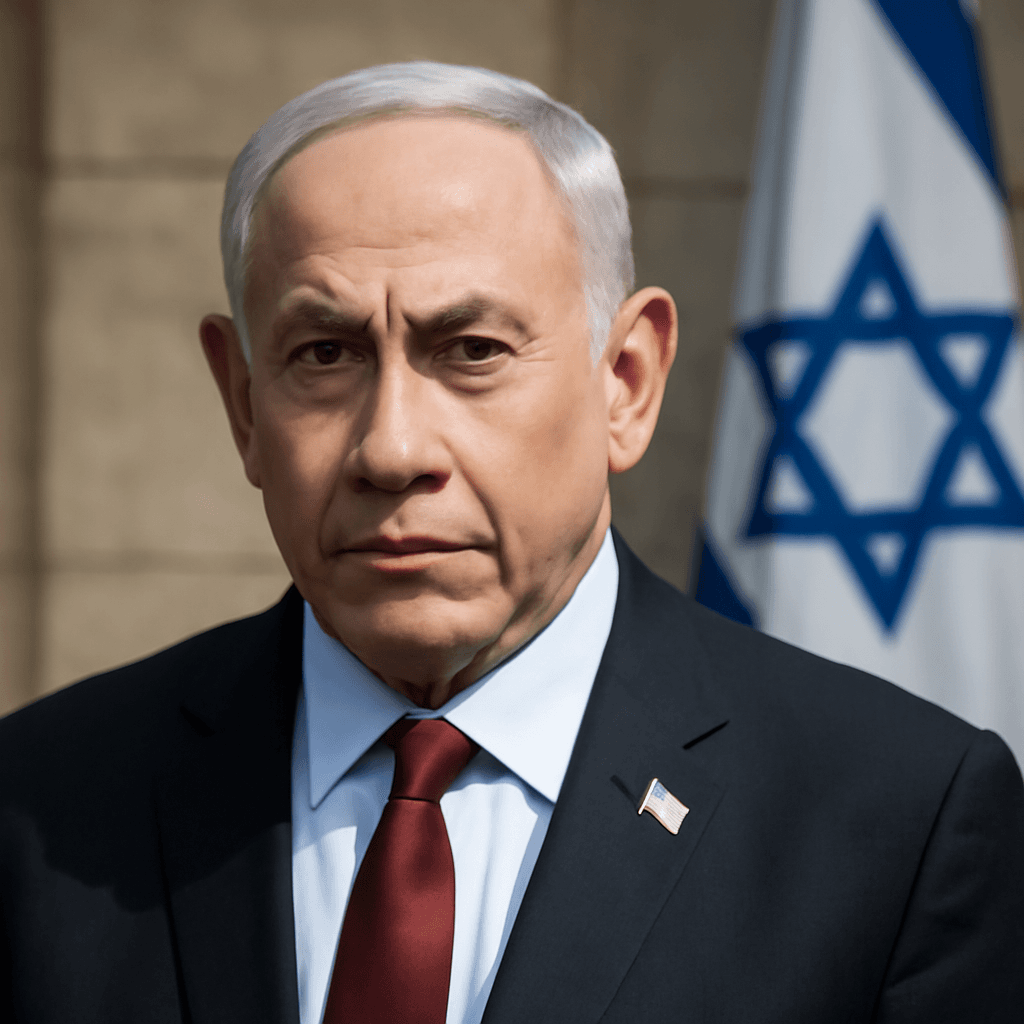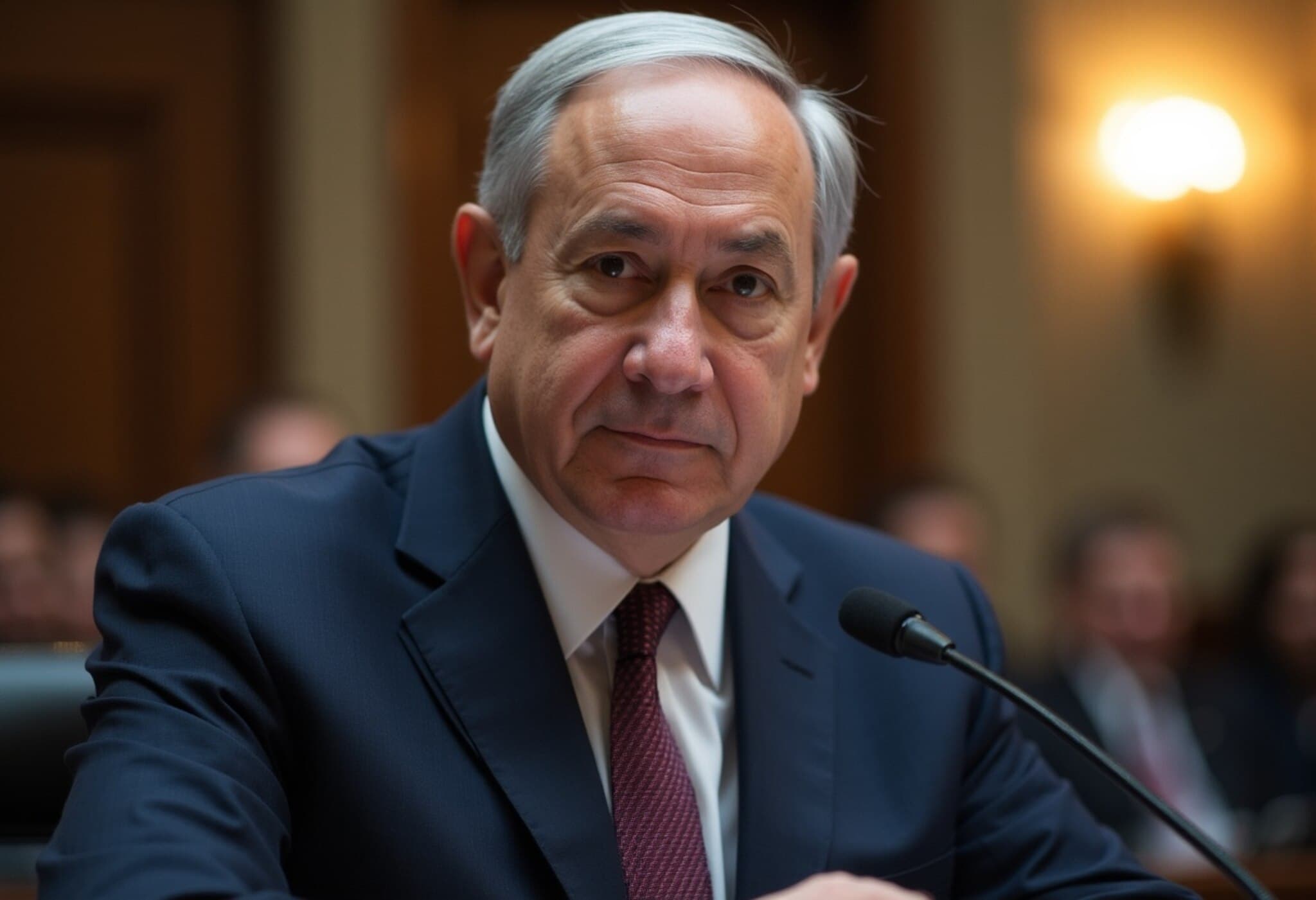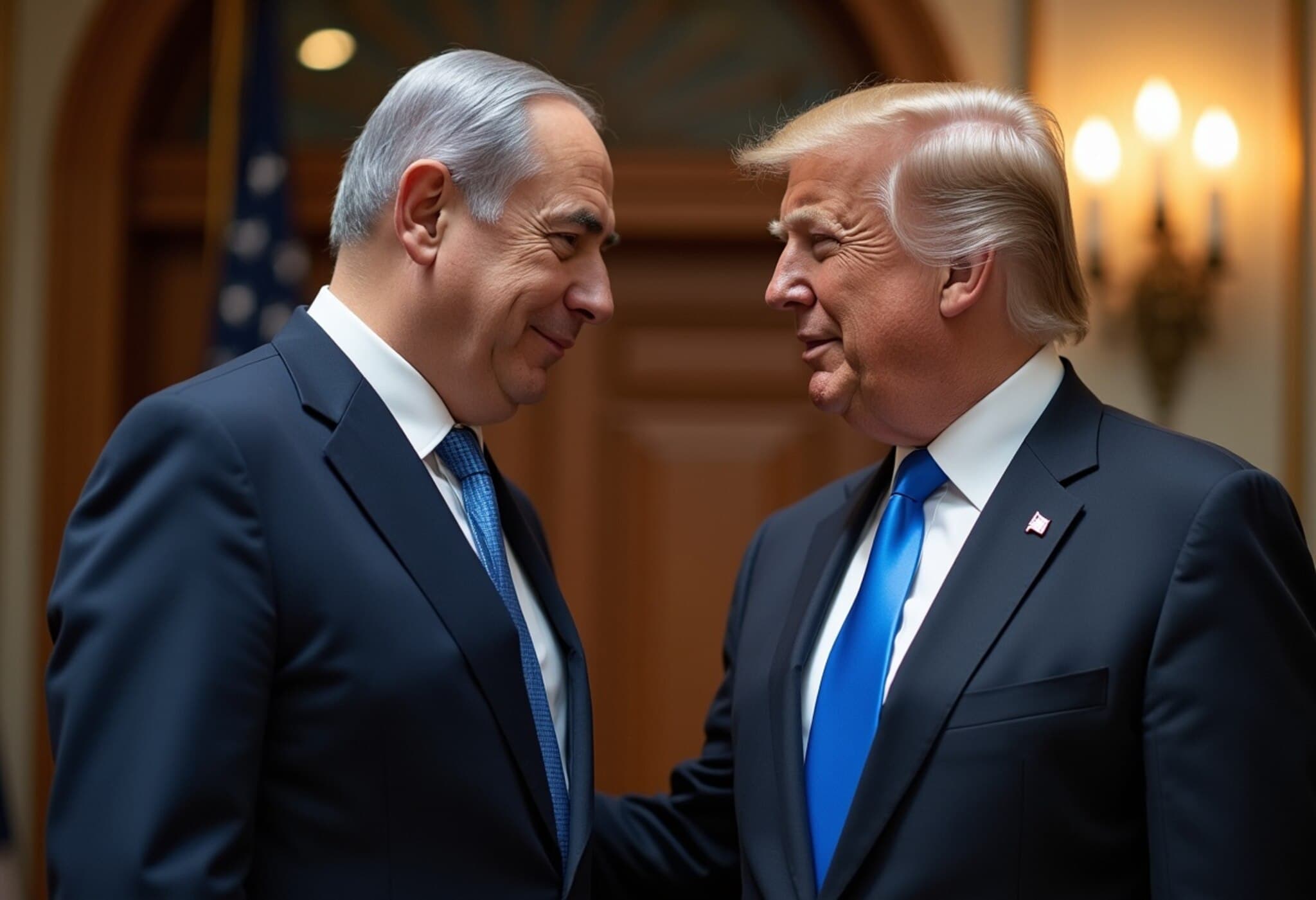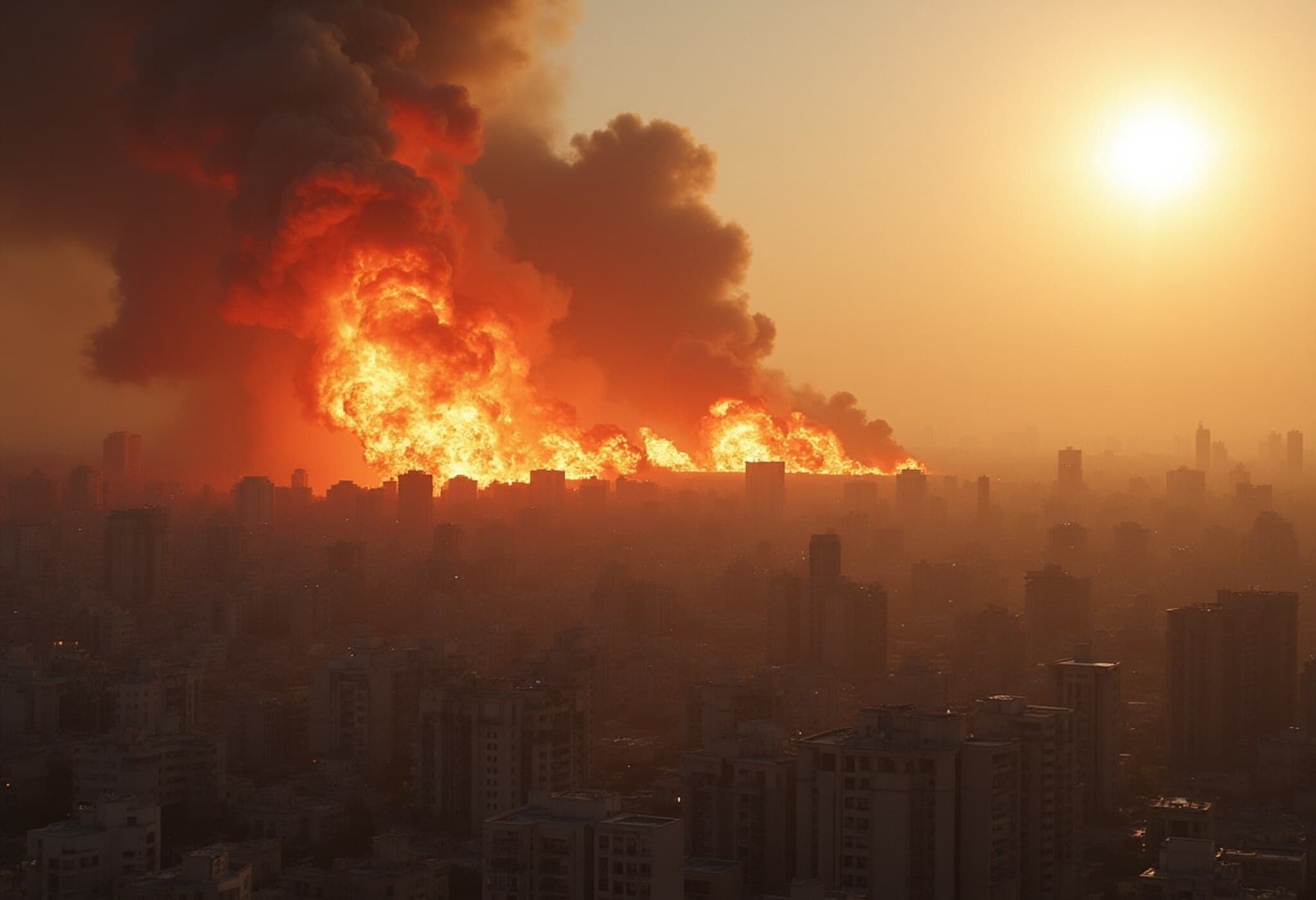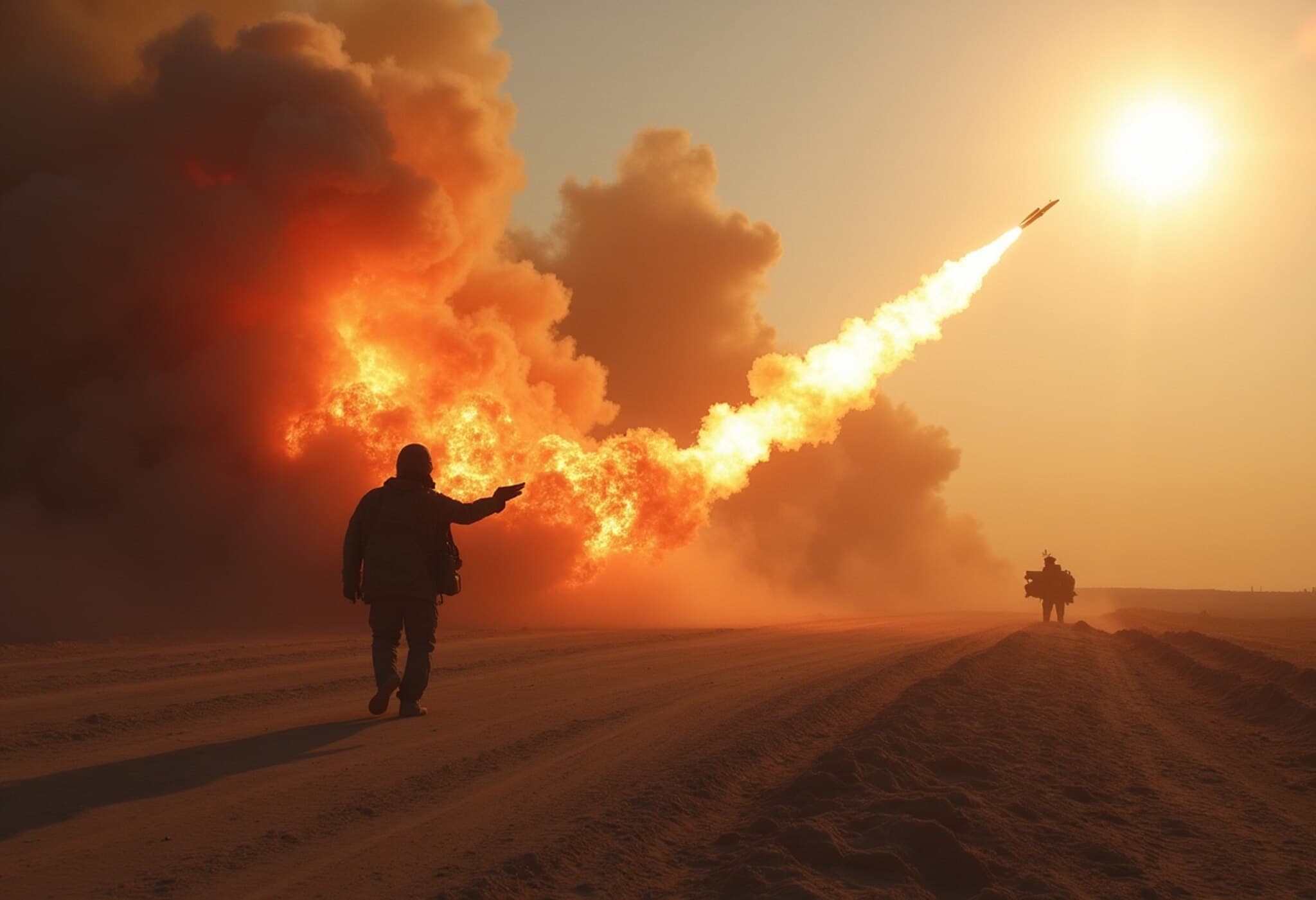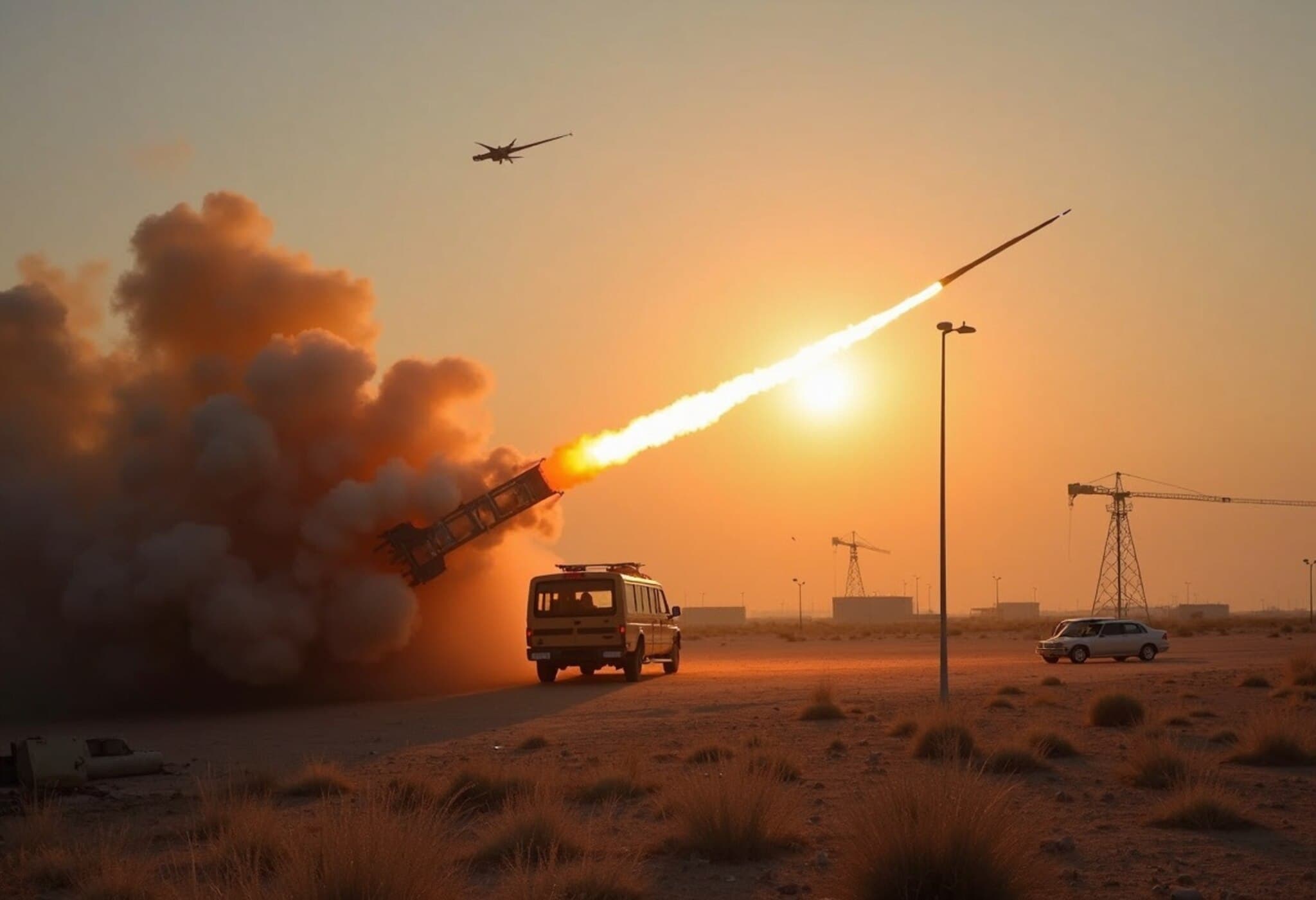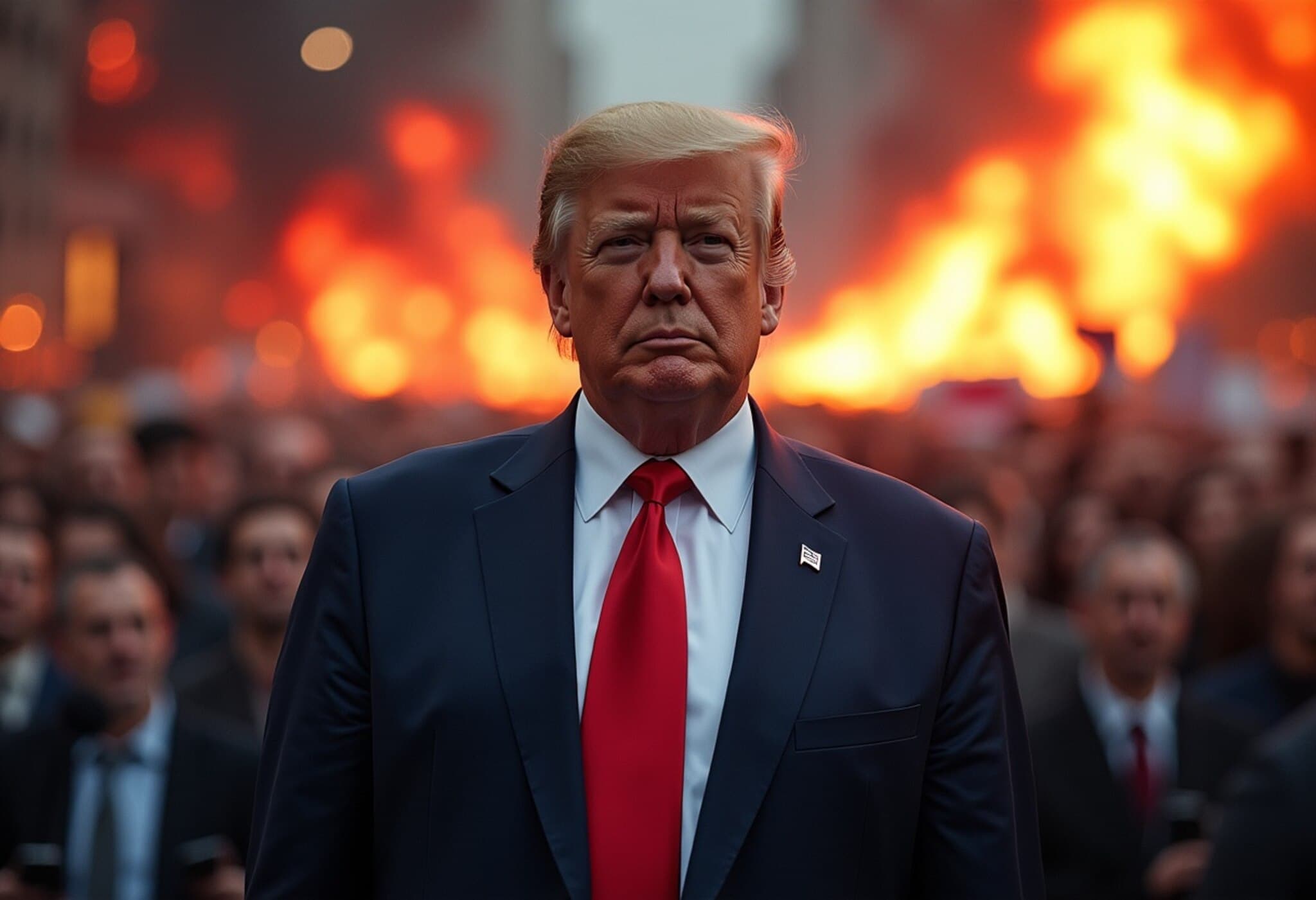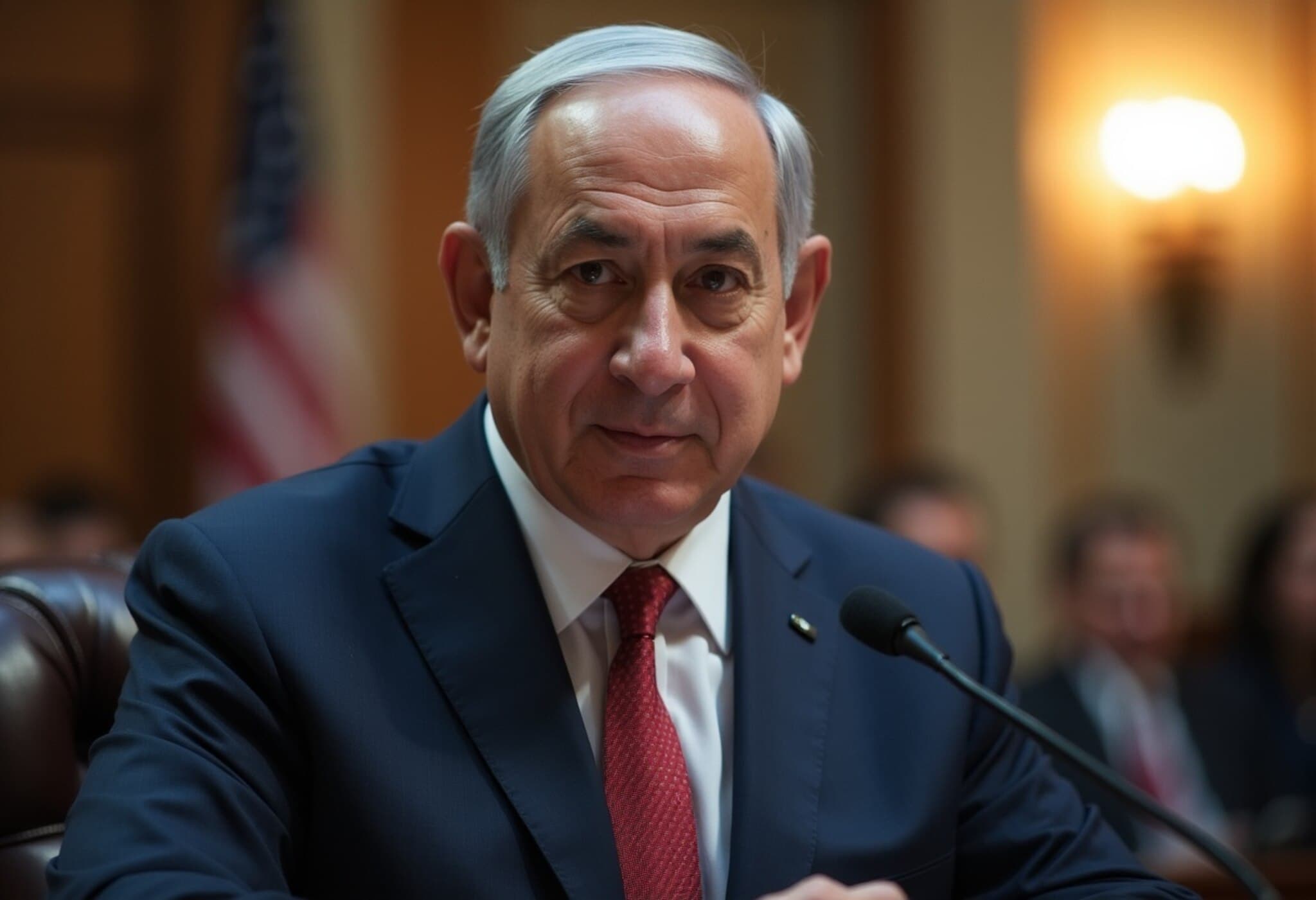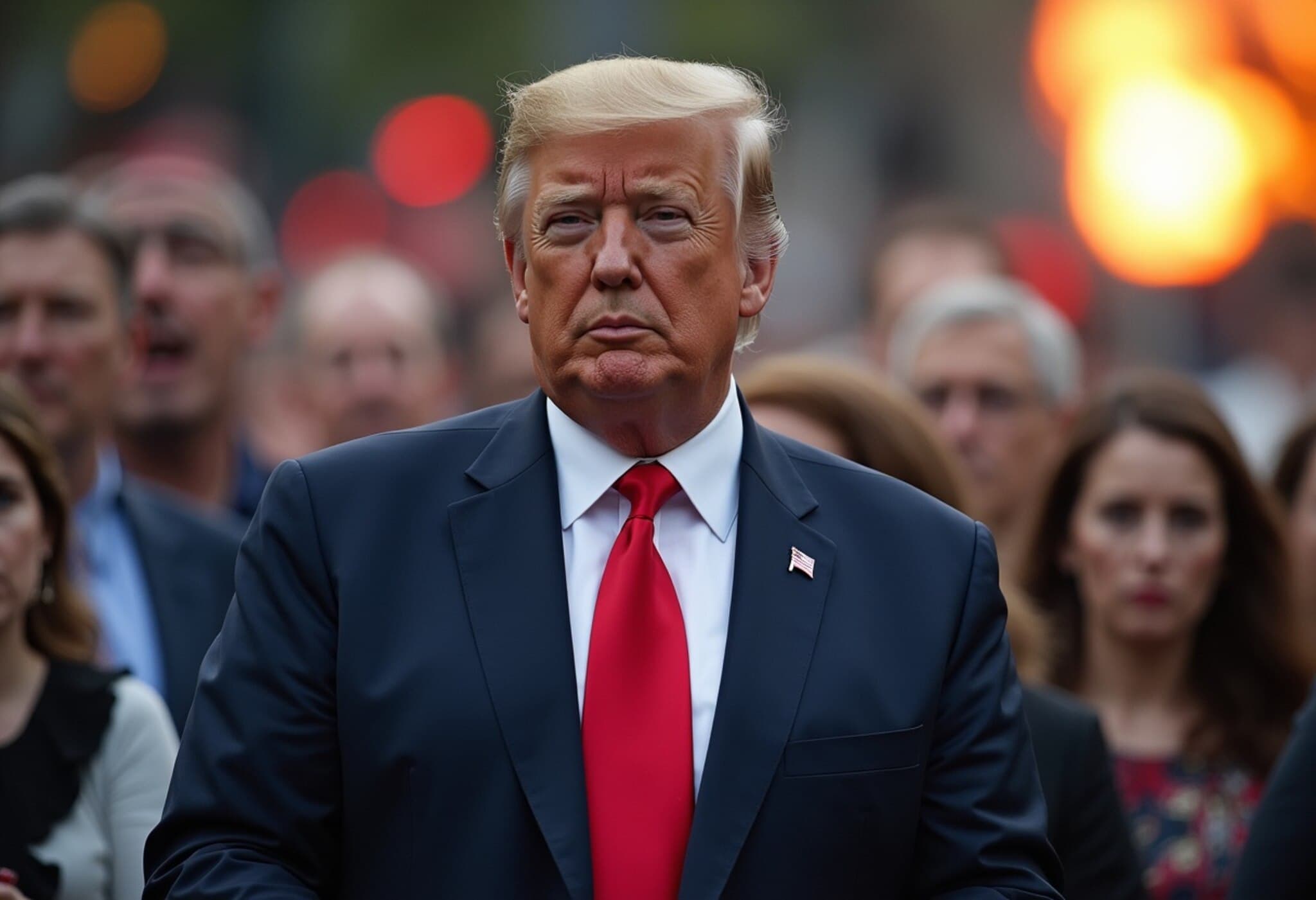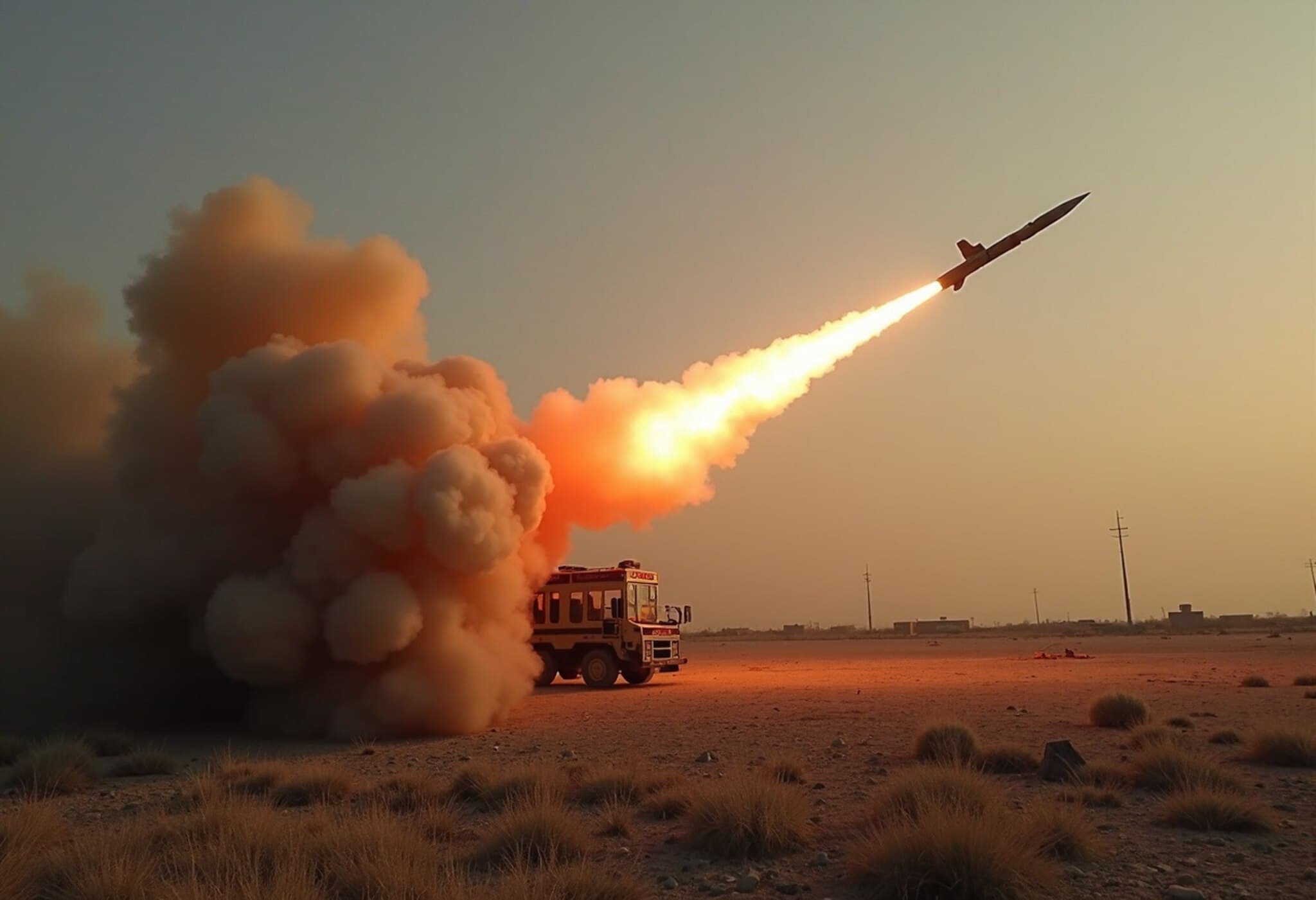Israel and Iran: From Partners to Adversaries
Decades of proxy clashes have now escalated into an intense direct conflict between Israel and Iran, marking a sharp turn in their long-standing rivalry. This article traces the key moments in their troubled relationship, culminating in the recent hostilities that have shaken West Asia.
The Crucial Turning Point: The 1979 Islamic Revolution
Surprisingly, Israel and Iran were not always enemies. Before the radical shift in 1979, under the Shah’s pro-Western regime, the two nations maintained robust relations, collaborating on trade, defense, agriculture, and intelligence. Iran was even part of the so-called ‘Alliance of the Periphery’ alongside Turkey and Ethiopia—non-Arab countries united against common adversaries.
Following the revolution led by Ayatollah Khomeini, Iran transformed into a theocratic state with official hostility toward Israel and the United States, labeling them as ‘Great Satan’ and ‘Small Satan’ respectively. Khomeini’s regime explicitly committed to Israel’s destruction, severing diplomatic and economic ties and setting the stage for enduring animosity.
Proxy Wars and Regional Influence: The 1980s to Early 2020s
Even as Israel initially supported Iran during the Iran-Iraq War (1980-1988), their relationship soured as Iran began backing militant groups opposed to Israel, notably Hezbollah and Hamas.
- 1992–1994: Hezbollah orchestrated deadly attacks abroad, including bombings at the Israeli Embassy and Jewish community centers in Argentina, causing significant casualties.
- 2000s: Western intelligence uncovered Iran’s nuclear ambitions, raising international alarm. Despite Iran’s brief suspension of its nuclear program in 2003, it resumed uranium enrichment by 2006.
- 2010 onward: A covert campaign targeted Iranian nuclear scientists; some high-profile assassinations were attributed to Israeli operatives, including the killing of Mohsen Fakhrizadeh in 2020.
- 2020: The U.S. eliminated Qasem Soleimani, commander of Iran's Quds Force, significantly impacting Iran’s regional operations.
From Proxy Clashes to Direct Confrontations: The 2024 Escalations
After decades of cold conflict, 2024 marked a stark shift with direct strikes exchanged between Israel and Iran for the first time in years. The cycle of attack and retaliation intensified following the October 7 events when Iran-backed forces launched assaults on Israel. Israel responded by targeting Iranian Revolutionary Guard officers and military infrastructure, with both sides cautiously leaving room for de-escalation during initial exchanges.
Key moments included:
- July 31, 2024: Israel executed a double blow by assassinating Hamas chief Ismail Haniyeh in Tehran and Hezbollah's military leader Fuad Shukr in Beirut—both strikes demonstrated Israel’s reach inside Iran's sphere of influence.
- October 2024: Iran retaliated with missile and drone barrages on Israel, prompting robust Israeli airstrikes targeting Iranian strategic assets.
The 2025 Offensive: An Unprecedented Israeli Strike on Iran
In early June 2025, Israel launched a sweeping offensive against key Iranian nuclear sites, military command chains, air defense units, and missile launchers. This direct assault marked a significant escalation beyond prior proxy wars and limited engagements. Unlike previous confrontations that allowed for potential de-escalation, Prime Minister Benjamin Netanyahu’s current stance has left little room for negotiation or détente—at least for the time being.
This marks the third direct military confrontation between the two nations within just over a year, highlighting the intensifying hostility and the fragility of regional peace.
Looking Ahead
The long history of shifting alliances, proxy battles, and open engagements between Israel and Iran underscores a conflict deeply rooted in ideology, regional power struggles, and security concerns. As the present war rages on, the broader geopolitical landscape of West Asia hangs in the balance, with consequences for global diplomacy and security.

